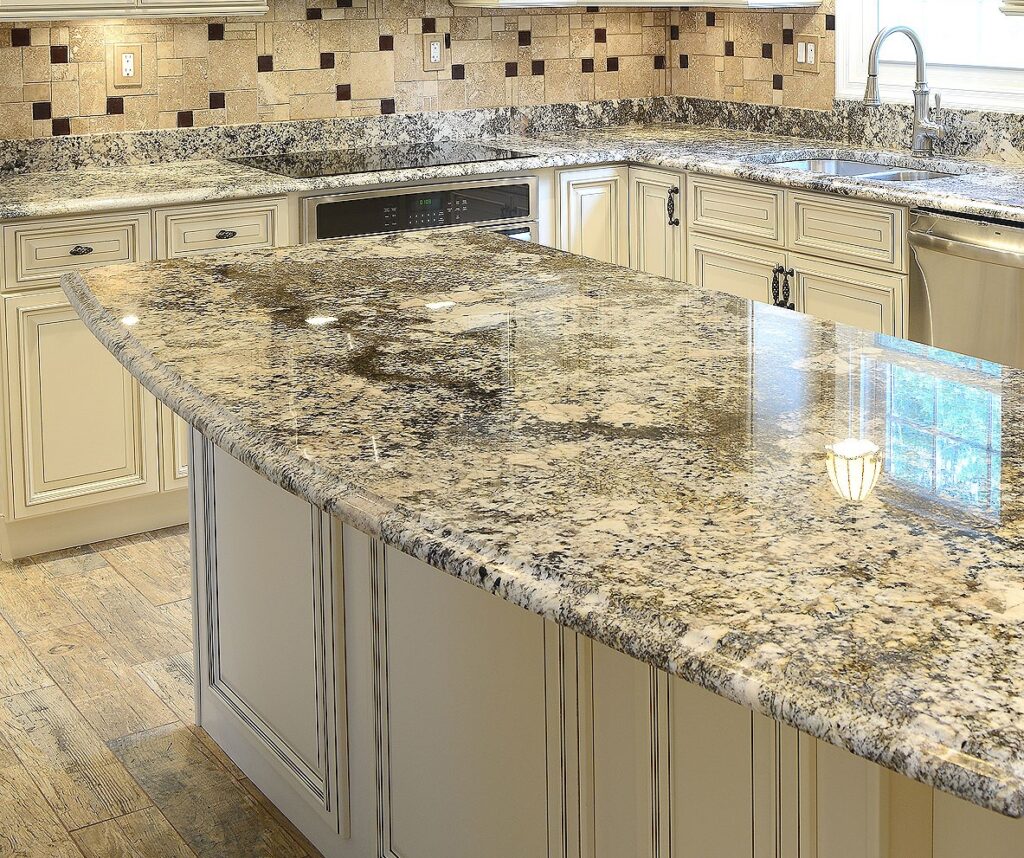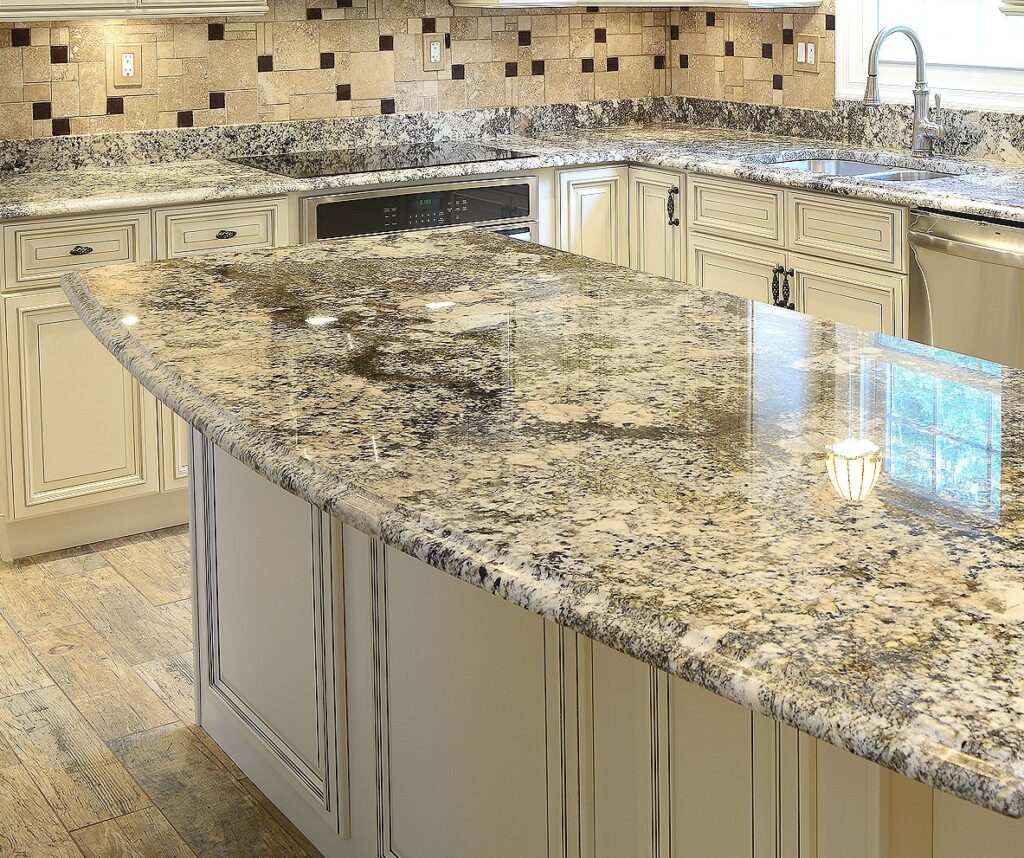5 Tips For Travertine In The Kitchen

We have compiled five useful tips about the travertine in the kitchen for you!
- Cleaning and maintenance
- The choice of format
- The choice of color
- Design
- The price
 1.Cleaning and maintenance
1.Cleaning and maintenance
The floor of a kitchen is more often subject to fouling than in any other room. Especially since natural stone floors do not tolerate oil and grease stains that discolor them. Fortunately, a travertine floor in the kitchen is the solution, because this floor is optimal protection against impurities when it is waterproofed after laying. Leading natural stone dealers offer waterproofing of natural stone directly with the delivery of the goods. This waterproofing forms a thin and invisible film in the cavities of the surface of natural stone. Its action prevents impurities from penetrating the stone and thus, causing permanent stains. The impurities then remain on the surface of the stone and can be easily removed.
Also, do not worry about oil and grease stains, as this protection expands and helps prevent this type of stain. “Is travertine easy to clean? This is a recurring question from the consumer as travertine is known for the pores on its surface. When laying the travertine, the joint is stretched under the pores. Thus, the pores are closed, without the travertine losing its characteristic appearance. Besides, travertine with directly closed pores in the production line in the factory is also available. This travertine is then modern and can be more easily cleaned. In order for dirt to be invisible, certain types of travertines should be avoided. We will, therefore, develop this point more precisely.
2.The choice of format
When choosing the format for kitchen tiles, there are three considerations to take into account, for travertine as for other stones. First of all, in general, large format tiles seem more harmonious than small formats. Secondly, rectangular forms are also more harmonious compared to other formats. Thirdly, the cutting of the stone is a cost to consider. Large formats naturally cause much more offcuts than smaller formats.
3.The choice of color
It is often thought that the choice of color is ultimately a matter of taste and is at the owner’s convenience depending on the interior design. However, the choice of color is also made according to the use of the stone. As explained above, impurities are more visible on certain types of travertine. Today, different types of travertine are available on the market. There are models of travertine in light colors with various shades and also various surfaces.
Tumbled travertines are called rustic travertines. On this type of travertine, as with our Rustic travertine, dirt is barely noticeable, thanks to its nuances. Unlike other types of travertine, such as Light travertine with softened surfaces, which has variations in brightness and texture, impurities can be seen.
So choosing a sustainable floor is a decision to take carefully! If you choose a color that is too intense, there is a risk of defects appearing on the stone, which would be the case with the brightly colored Rosso travertine. This is why it is essential to choose floors in the right colors.
4.Design
Travertine with tumbled edges is a fantastic stone and suitable for a kitchen in the rustic style. No other stone seems so well suited to this function as this type of travertine. This combination revives your interior and transmits a feeling of comfort. In general, wooden kitchen furniture mixes well with various shades of travertine brown.
However, it is not always associated with brown and rustic style! It can also be suitable for a kitchen that wants to be clear and modern. Thanks to its beige tones, this travertine lights up your kitchen and creates a link between white wooden elements and kitchen furniture. What a beautiful overall picture!
5.The price
Many of our customers like to combine travertine in the kitchen with other flooring materials in other rooms of the house. In this case, the amount of natural stone for the kitchen is small. However, natural stone is sold at a very attractive price depending on its quantity. That is why traders offer discounts on the price per square meter only for large quantities and surcharges for small volumes. Fees and delivery times generate these surcharges on low volumes. Here, only the trader’s choice can influence prices. Price ranges for travertine are significant and vary for standard sizes from €20 to over €70 per square meter. Low prices are often available for brightly colored travertines.
On the other hand, we offer you much lower rates than small local traders. Another tip: ask your natural stone dealer: What about the quality of your stones? Often there are kinds of high-quality travertine with nuances of color and yet at low prices.
In this article, all our professional instructions are for guidance only and do not replace the knowledge of a professional tiler.
If you want to see more useful information about different categories, please visit our website.


